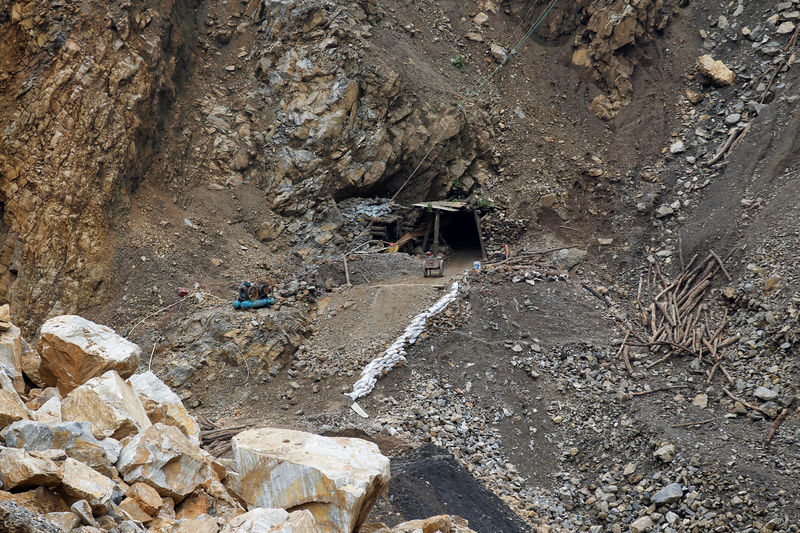(The opinions expressed here are those of the author, a columnist for Reuters.)
By Clyde Russell
MELBOURNE, Nov 2 (Reuters) - Tin prices appear to have well and truly recovered after being mugged by an unexpected supply surge from Myanmar, but there are still questions as to whether they are now ready for an extended rally.
London benchmark tin CMSN3 has surged 56.4 percent since hitting a near seven-year low in January, ending Tuesday's session $20,850 a tonne.
This makes the metal, whose main uses include solder, batteries and plating, one of the top performing commodities this year, even if the current price is still some 38 percent below the all-time high reached in April 2011.
What is impressive about tin's gains this year is they have been achieved despite the flow of tin ores and concentrates from Myanmar to top importer China.
In the first nine months of the year, China imported 345,884 tonnes of ore and concentrates from the Southeast Asian nation, up 94 percent from the same period last year.
This massive increase comes on top of a 64.9 percent gain in imports from Myanmar in 2015 from the prior year.
Given the flood of ore from Myanmar, it's no surprise that tin dropped in January to the lowest since August 2009, but it is somewhat more surprising that the metal has recovered so strongly, even as China continues to soak up output from the country that returned to democracy after elections in November 2015 ended more than five decades of military rule.
This is likely because Myanmar's tin production has surged at a time when output from other major producers has slipped, most notably in Indonesia, Peru and as well as in China.
The main question is whether Myanmar can continue to supply the volumes it has in the past couple of years, or whether it has already picked all the low-hanging fruit and rising mining costs and lower grades will result in sharply lower output.
Data from industry group ITRI, presented on Tuesday at a function in Melbourne hosted by consultants Beer & Co, show that Myanmar's ore grades are falling from 10 percent tin to something closer to 2-3 percent.
While 2-3 percent would be considered a good resource in other tin producing areas, the rapid drop in ore grades in Myanmar does call into question how long they can continue to meet much of China's demand.
It's likely that rising costs in Myanmar, and the need for new investment to develop underground mines, will result in a loss of both volumes and the country's competitive edge from its higher grades enjoyed up to now and its proximity to China.
TIN SUPPLY OUTLOOK IS KEY
The bullish case for tin is largely built on the tapering of supply from Myanmar, the slow ramp up of mines elsewhere and no new surprise sources of ore.
Certainly, there are numerous relatively small tin mining projects under development in Australia, but many of these are still months, if not years from production and even then volumes will be relatively small.
In the meantime, world tin stocks continue to draw down, with the ITRI data estimating that total stocks across the London Metals Exchange, the Shanghai Futures Exchange, producers and consumers will end this year around 25,000 tonnes, down from about 65,000 in 2009.
If tin is to stage a sustained rally, it will most likely be on the basis of constrained supply, as demand appears to be largely flatlining, with ITRI estimating global consumption of refined tin rose 0.1 percent in the 2015-16 fiscal year, after shrinking 1.5 percent in 2015-15.
What happens in China will also be key, as the country is both the world's largest producer and consumer of tin, meaning any rise or decline in domestic output or demand could have an outsize influence on the amount it imports.
Higher prices may also buoy Indonesia's tin output, which dropped by about a third between 2010 and 2015 as prices slumped and government policies restricted the export of raw ores.
Tin may not yet be assured of a place in the sun, but any evidence of lower supply from Myanmar could well be the key to giving the current rally a long-term support base. (Editing by Himani Sarkar)
